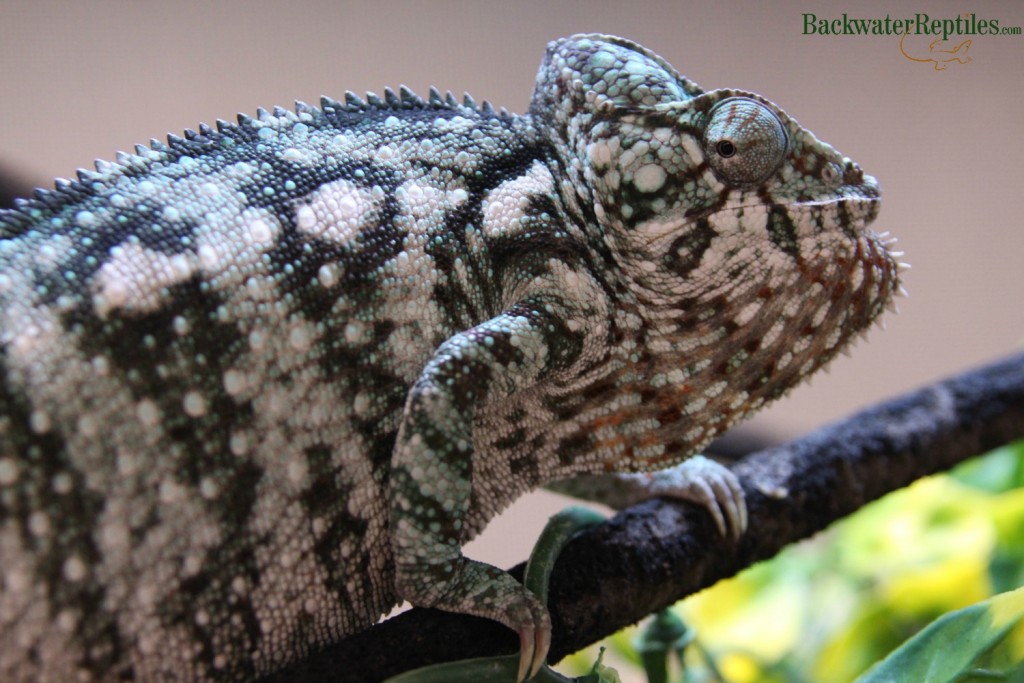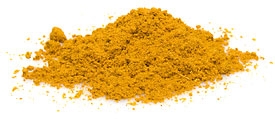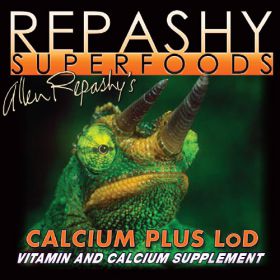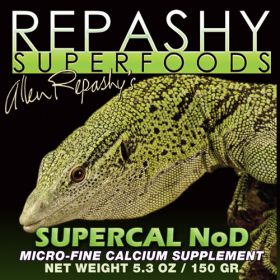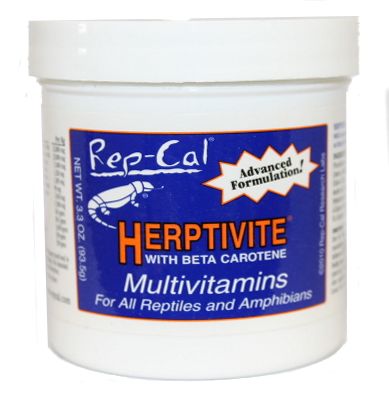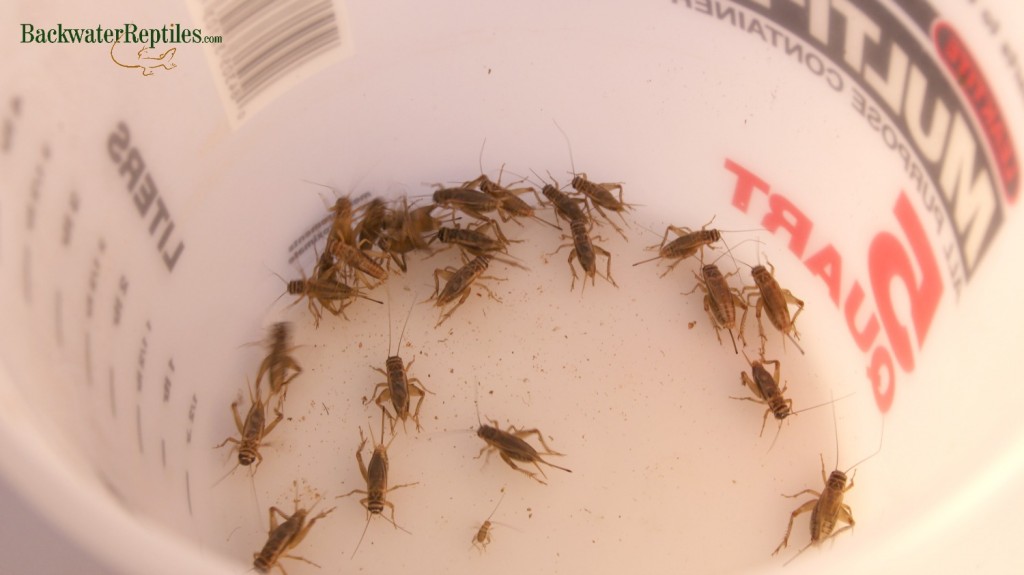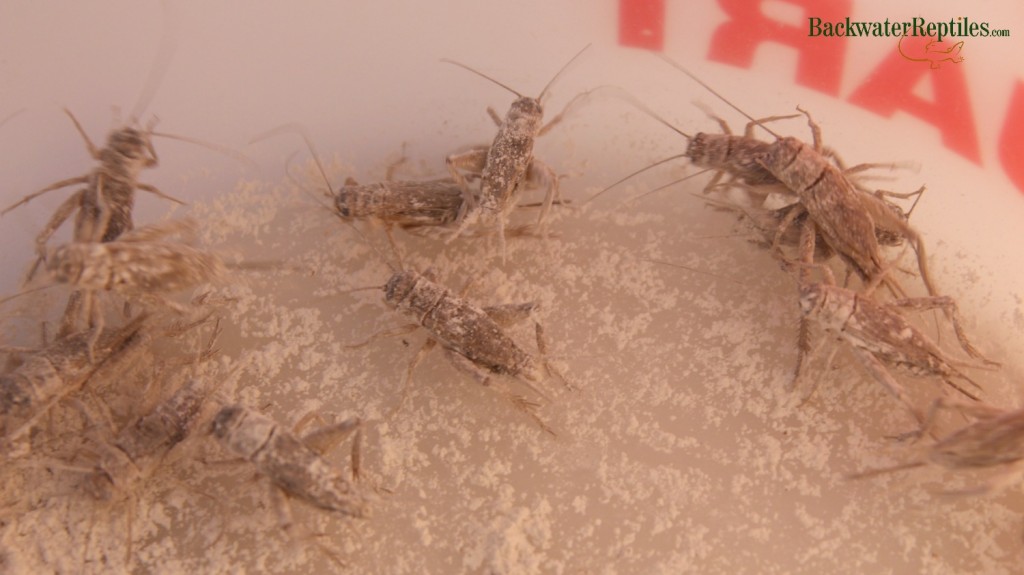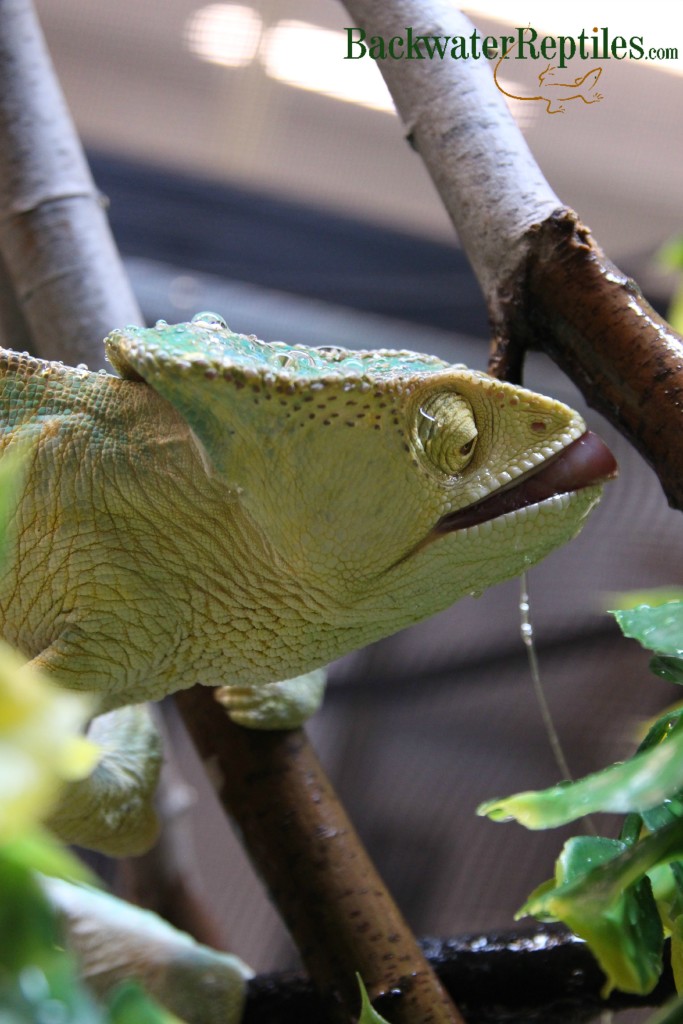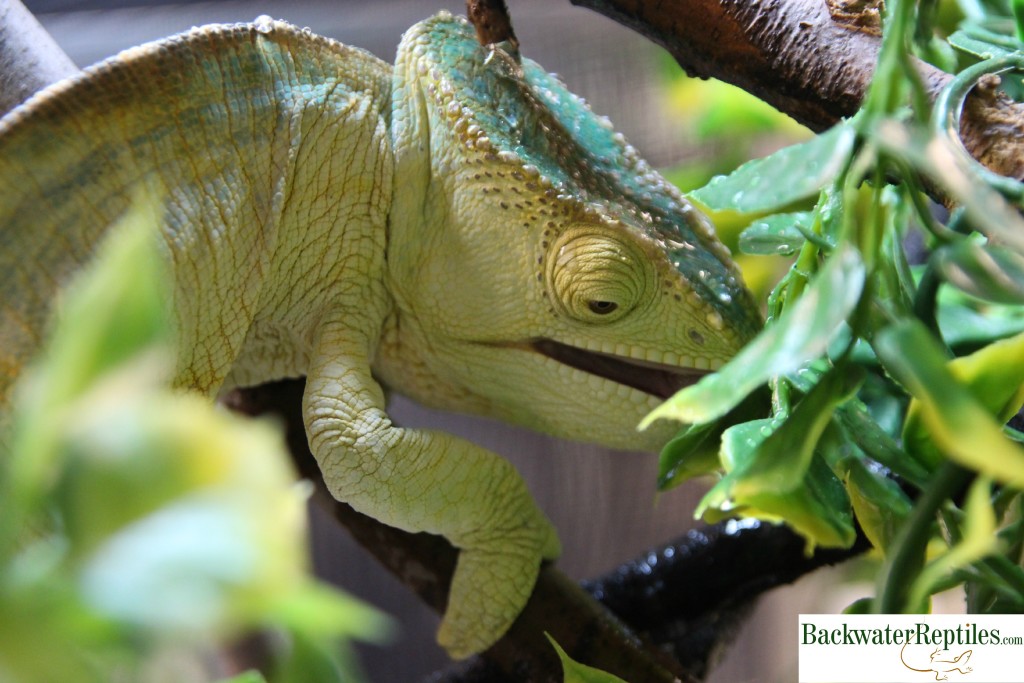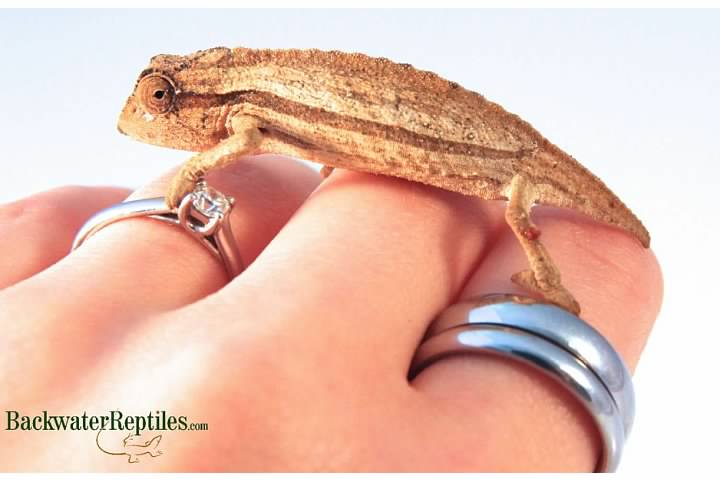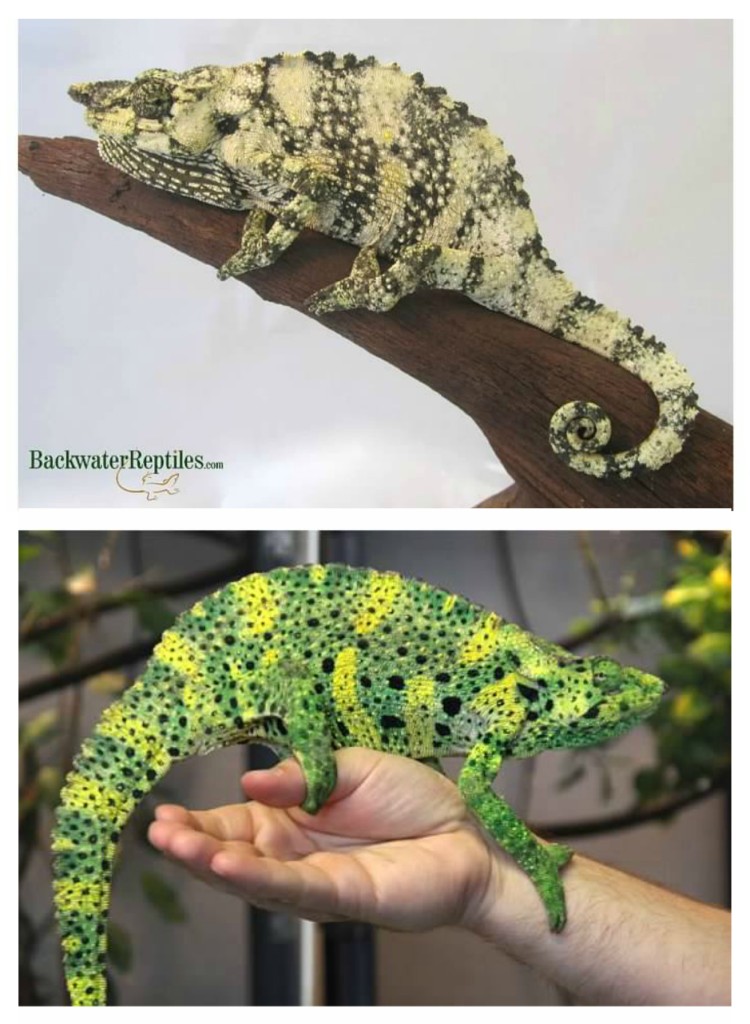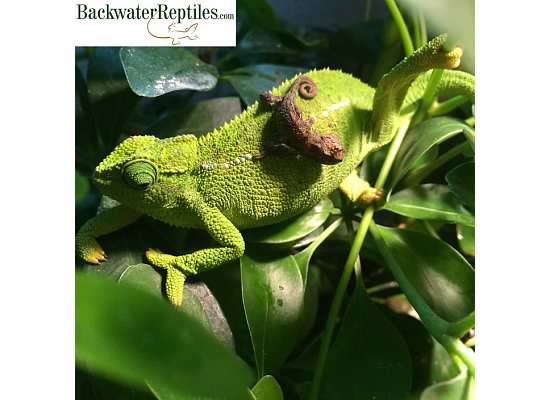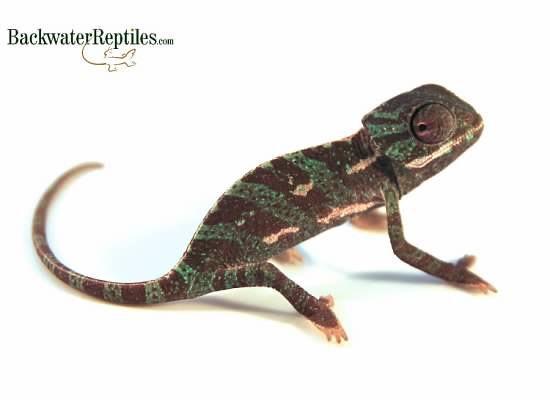If you’re wondering how to create a chameleon habitat for your new pet, you’ve come to the right place. We’ve bred and hatched thousands of chameleons, including over 20 different species. We’ve got expert advice for you as you journey into the fascinating world of these amazing reptiles.
Many people think they’d like a pet chameleon, but they don’t understand how sensitive these lizards are to their environment. Chameleons are actually not the best pet reptiles for beginning herp hobbyists simply because they have very specific husbandry requirements, so it’s important to do your research, which you obviously are if you’re reading this article!
Because one of the most commonly asked questions we get at Backwater Reptiles is how to set up a proper enclosure for a pet chameleon, we are dedicating this blog article to just that topic.

Creating a Chameleon Habitat
What type of cage should I get for my chameleon?
Creating a chameleon habitat generally begins with selecting the proper enclosure. There is only one type of commercially produced cage that we recommend for the vast majority of pet chameleons and that’s a cage that has mesh or screen walls.
This means that you should generally avoid enclosures with glass or plastic walls to house most species of chameleon, with the exception of pygmy chameleons and a few others, which have an entirely different set of care requirements altogether.

The reason a screen cage is required is that it allows air to flow freely in and out of the cage and aids in maintaining proper humidity and temperature. Glass or plastic walled cages encourage stagnant air which can lead to respiratory problems.
For young chameleons and smaller species, a cage that is 16″ x 16″ x 20″ is an acceptable size. Adults and larger species should have a cage that is approximately 18″ x 18″ x 36″ or 24″ x 24″ x 48″. The bigger the better, but you don’t have to go overboard.
There are very few species that require something larger and we actually wrote an entire article about those specific types of chameleons that you can read here.
What type of accessories are safe to put in my chameleon’s enclosure?
Most chameleons are arboreal (with very few exceptions) and very awkward and clumsy on flat surfaces, so you should put lots of climbing accessories into its cage. We recommend some plants (live or fake will both suffice) and some branches or vines. Exo Terra twistable vines are our favorite.
If you choose to put living plants inside your chameleon’s enclosure, please make sure that the plants you use are non-toxic and safe for consumption by both the chameleon and any insects you feed it.
Here are some commonly used live plants that are safe to place inside your chameleon’s cage: Ficus benajamina, Gardenia, Pothos, Mulberry, Schefflera arboricola, and Yucca. Our favorite live plant for our own chameleon habitats are Scheffleras–they hold water droplets well (as opposed to a Ficus), and have more sturdy branches (again, as opposed to a Ficus).
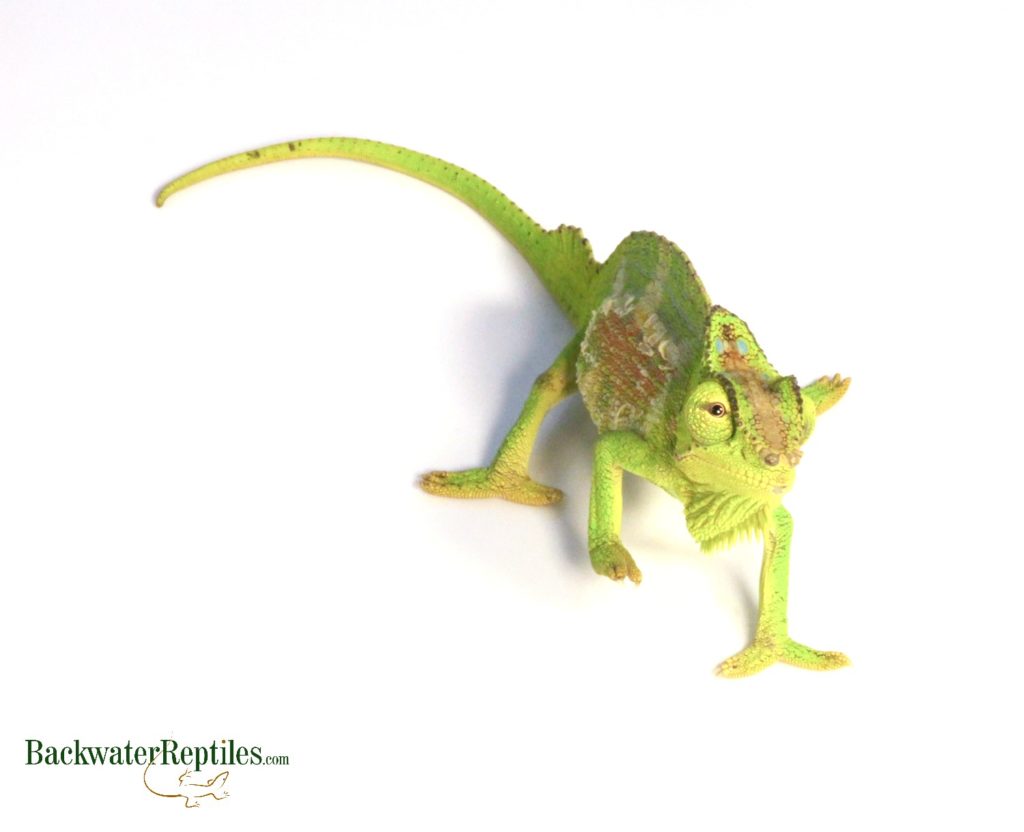
Unless you purchase your live plant from a boutique nursery, chances are it will be potted in commercial soil containing some pesticides. We always re-pot our plants in organic soil free from chemicals and rinse the plant in soapy water to wash any residue from the leaves.
Although chameleons rarely nibble on plant matter (although we have had Veiled chameleons eat leaves), the insects that are in their cage do. And what is in the tummies of the insects is by proxy in the tummy of the chameleon, so you want to be sure the plant contains no chemicals or pesticides.
We also want to mention that you don’t need to provide a water dish for your pet chameleon. They actually don’t recognize water dishes as sources of hydration and are also very rarely down on the bottom of their cage, so it is unnecessary.
Your chameleon will drink water from the leaves in its enclosure, so you just need to be sure to have a good drip system in place. We’ll go into more detail on that momentarily.
What type of lighting will my chameleon’s habitat require?
You’ll want two types of lighting in your chameleon’s habitat – a heat/basking light and a good quality UVB light. We prefer halogen flood bulbs for basking, generally in the 75w range. Avoid infra-red bulbs, and never use spot bulbs as the beam is too small and intense. A flood bulb spreads the light and heat much more effectively.
Some say that chameleons don’t require a source of heat, but we disagree, and our results have been impressive. We provide our chams with options and allow the lizard to choose–and you’d be amazed how often our’s will bask–even montane species (from the mountains).
Our favorite ultraviolet (UVB) bulb is a Reptisun 5.0. You can purchase these in Compact Fluorescent or regular fluorescent variations. We’ve exclusively used this type of bulb very successfully in our breeding programs.
Make sure that the plants within the chameleon’s enclosure are arranged so that your chameleon can get to within 4-6 inches of the UVB bulb. Any closer and you risk your chameleon getting burned accidentally, and any farther away and the UVB rays dissipate in quality and become nearly useless.
I tend to place the UVB lighting across the middle of the top, and the basking bulb in a corner, so that the other side of the habitat is cooler. This allows your chameleon to thermoregulate–a fancy word for letting it choose the temperature it wants.
How do I maintain the proper temperature and humidity levels?
For the most part, unless you live somewhere with extreme climates, room temperature should be a fine ambient temperature for your chameleon’s habitat.
Anywhere in the 70’s is usually ideal. However, you definitely want to make sure that the heat light you have set up on top of the cage creates a warmer area that stays around 90 to 100 degrees Fahrenheit.
We recommend purchasing a reptile temperature gun to make sure you are achieving proper heat levels within the basking area. This tool is pretty much required for any reptile owner.

As far as humidity is concerned, you’ll want to mist the enclosure daily. This can be achieved by manually spraying inside the enclosure once or twice each day. Or if you are not home most of the time, you can also buy a simple drip system that provides a steady source of dripping water into the cage.
Some people even splurge for a pricier automatic cage mister. These machines can be put on timers and you won’t even have to think about needing to mist your chameleon’s cage. Everything will be done automatically which is very convenient.
The best lower cost method is with the Exo Terra Monsoon, which is good for a few cages (4-6 or so). If you’ll have more than 4-6 chameleon habitats set up, you’ll probably want to splurge and purchase a heavier duty misting system such as Mist King, which can take care of 20+ enclosures with a single unit.
The result you’re looking for is droplets for the chameleon to lap-up, and increased humidity with the chameleon’s habitat. Persistent dehydration is one of the top causes of chameleon losses in captivity.
Conclusion – Creating a Chameleon Habitat
As you can see from this article, chameleons have very specific cage requirements. They need specific temperatures, regular misting and/or a source of dripping water, and we recommend two types of lights above their cage.
We think chameleons make extremely rewarding pets, but we also want all of our customers to be informed about what exactly it takes to make such a wonderful lizard happy and healthy in captivity.
If you’re interested in taking a foray into the world of chameleon keeping, and we hope that you are, please visit our website where we have the largest selection of chameleons in the world, along with all the required supplies we’ve mentioned in this care article.

